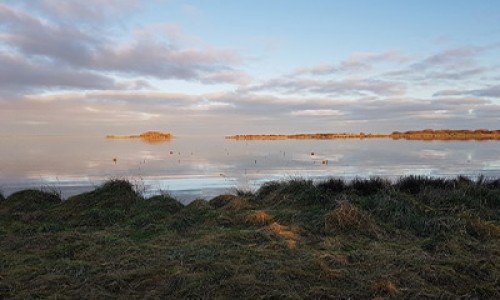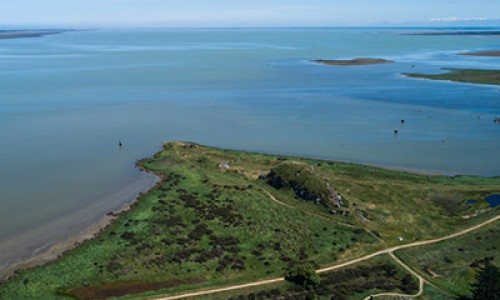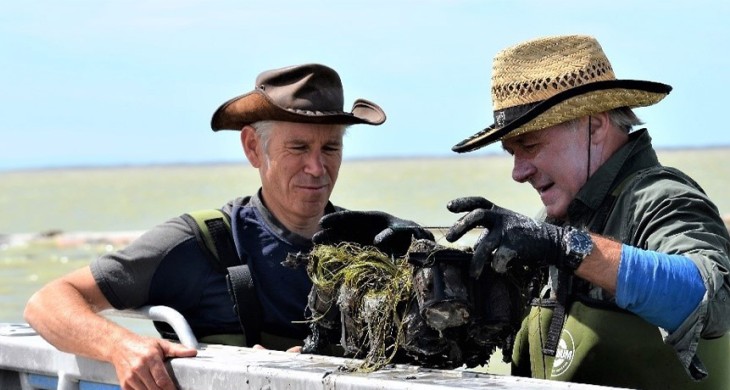Nature's fabulous multi-tasker
Macrophytes (floating or submerged plants) are multi-taskers. They buffer waves, improve water quality and provide diverse habitats for fish. Without them, there is more bank and shoreline erosion, turbidity and reduced diversity in our lakes, rivers and waterways.
In the 1960’s the beds of naturally occurring macrophytes disappeared from Te Waihora/Lake Ellesmere.
This was a turning point for the quality of the lake’s water. After their disappearance, the health of the lake declined significantly.
Re-establish macrophyte beds
A key project for Te Waihora/Lake Ellesmere is the trial of methodologies to re-establish macrophyte beds in the lake to improve water quality, fish habitat, and mahinga kai values. National Institute of Water and Atmospheric Research (NIWA) is the project lead for this work with funding from Environment Canterbury, with funding from the Government’s Fresh Start for Fresh Water helping to establish the project. Together they hope to turn the tide.
Macrophyte re-establishment is a challenge at the disturbed margins of Te Waihora/Lake Ellesmere, where wave action, stirred-up sediment, and rapidly changing water levels act to reduce the chances of macrophyte survival. Previously, macrophyte planting using locally available species behind a constructed wave barrier failed.
This failure led to a new approach where researchers seek to return the macrophyte species - kōrepo/Ruppia megacarpa that had been lost from Te Waihora/Lake Ellesmere. It is thought that robust kōrepo plants may be better suited to the challenging environment at the lake.
In 2020, vegetative propagules of kōrepo/Ruppia megacarpa were collected from Ashworth’s Pond (North Canterbury) and transferred to a culture facility at Taumutu. The kōrepo/Ruppia megacarpa were planted in tanks at the culture facility using four different planting treatments (compostable pot, hessian sleeve, rockwool plug, small hessian sacks), to determine the most successful aquatic-planting technique.
The final home for the established macrophytes is the sheltered location of Overton’s Bay. From these small beginnings, it is hoped a new community of kōrepo/Ruppia megacarpa will grow in Te Waihora/Lake Ellesmere, further adding to water quality enhancement.
More information
For more information about macrophytes visit the NIWA website
NIWA eel monitoring after wave barrier installation to protect small macrophytes

13 Jul 2022
Planting trial at Te Waihora aims to re-establish submerged vegetation
NIWA scientists are working with the Co-Governance Group to re-establish beds of kōrepo (Ruppia megacarpa), water plants to help keep water clean, and provide good habitats for fish and other aquatic organisms.
Learn more
16 Mar 2021
How to fix Te Waihora
Te Waihora/Lake Ellesmere is one of New Zealand’s most important wetland habitats, and it’s also one of our most polluted lakes. Restoring it to its former abundance of birds and fish will take generations, but it’s possible according to New Zealand Geographic.
Learn more
